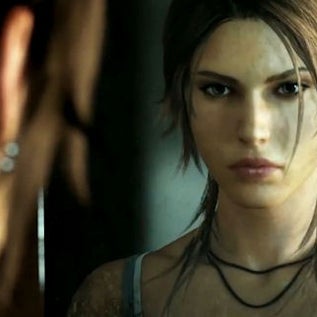
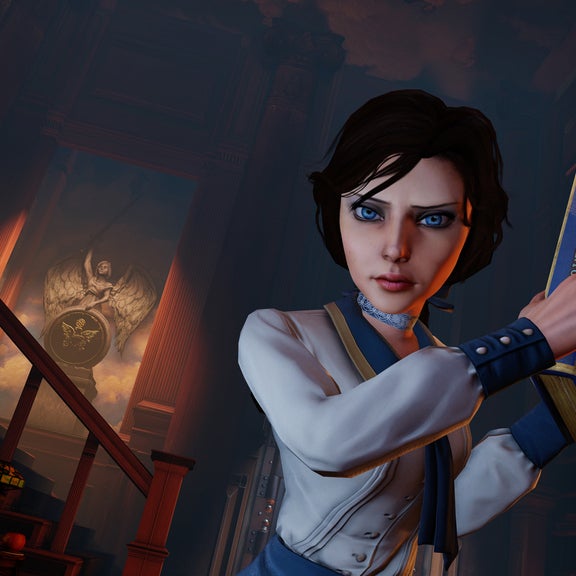

Casting a videogame should be, all things considered, easy. While a Hollywood casting director is constrained to the set of faces who show up at an audition (some subset of, say, the 6 billion people on earth), a game "casting director" is only constrained by the nearly infinite permutations of a rendering program. Anyone who has played around with even a simple character creator in a retail game intuitively gets this: Videogame characters can really look like, well, anything.
And yet, as we noted last summer, the heroes of perhaps a plurality of major blockbuster single player games look shockingly similiar. They all have brown hair, they for the most part have complex backstories, and they fall somewhere in between the Gears of War meathead and the Final Fantasy pretty boy. They are men of action with sensitive souls, wounded but capable heroes nursing old psychological injuries. In other words, stock types, but Hollywood-approved ones. We called him video game dude face:

In the past year, it appears that character designers have settled on an equivalent set of aesthetic constraints for their female protagonists. The following five images depict female main characters from five major games from the last year in video games. They all have traits in common. Can you guess what they are?
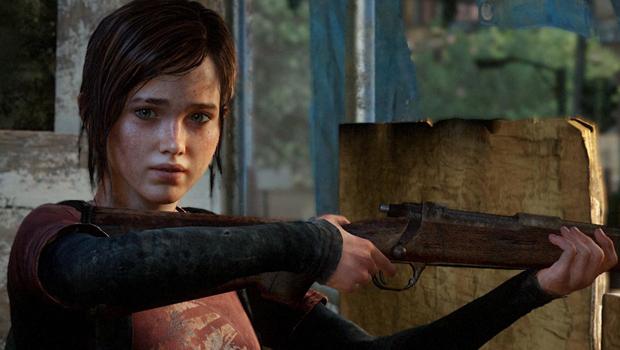
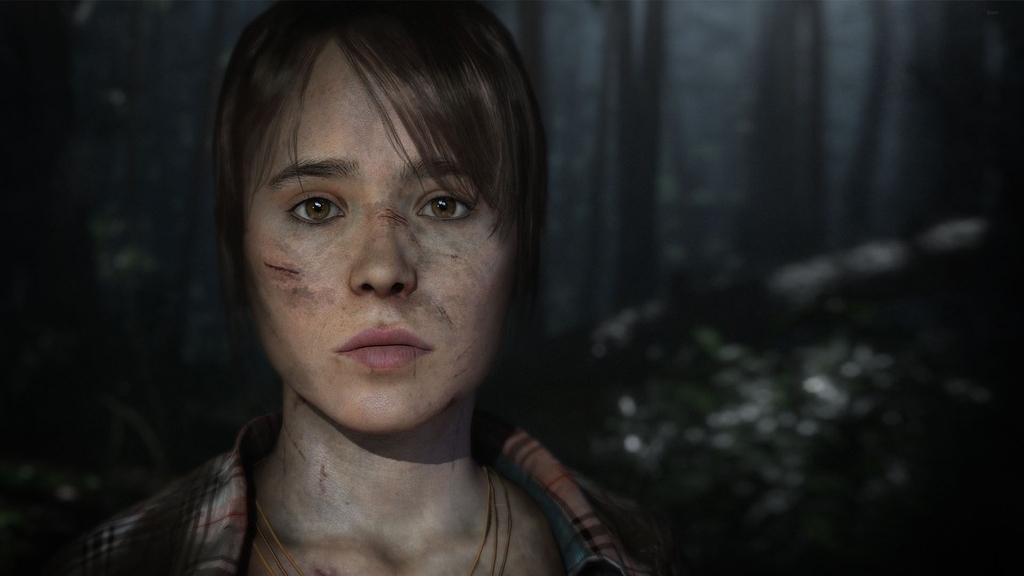


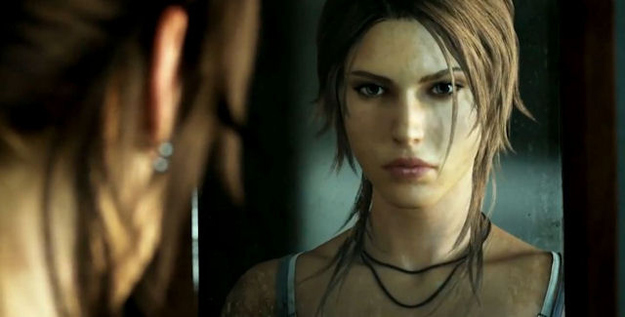
Well, beyond the fact that they are all white and all share the same expression of concern/determination, they all have brown or reddish-brown hair. So, is this a coincidence? What does all this brown hair mean?
Let's start with what these characters have in common. They're all tough and smart and plucky heroines; women that gamers are meant to admire and respect. Each of these characters (in order: Ellie from The Last of Us, Jodie from Beyond: Two Souls, Nilin from Remember Me, Elizabeth from BioShock Infinite and Lara Croft from the Tomb Raider reboot) has a sympathetic story, is exposed to terrifying circumstances beyond her control, and features a rich, or at least limned, inner life. You could say that each of these five women is, if not a three-dimensional character, the game industry's closest approximation.
So is the determined, brown-haired heroine merely the female version of video game dude face? Mr and Mrs. Videogame? A type that signifies easy-to-look-at emotional depth and "toughness"?
It's not quite that simple. Each of the female characters above has been given a virtual body that could be described, in the context of female characters in video games, as lithe. Much was made of the decision to redesign Lara Croft's body as more "realistic" for this year's game. Combining brown hair with an athletic frame may be the new standard for tough but vulnerable game heroines. For that reason, a character like Bayonetta, who is brunette but possessed of the typical pornstar figure, doesn't count.
Bayonetta leads us into the next five characters, taken from major releases in the past two years. They also have something in common:
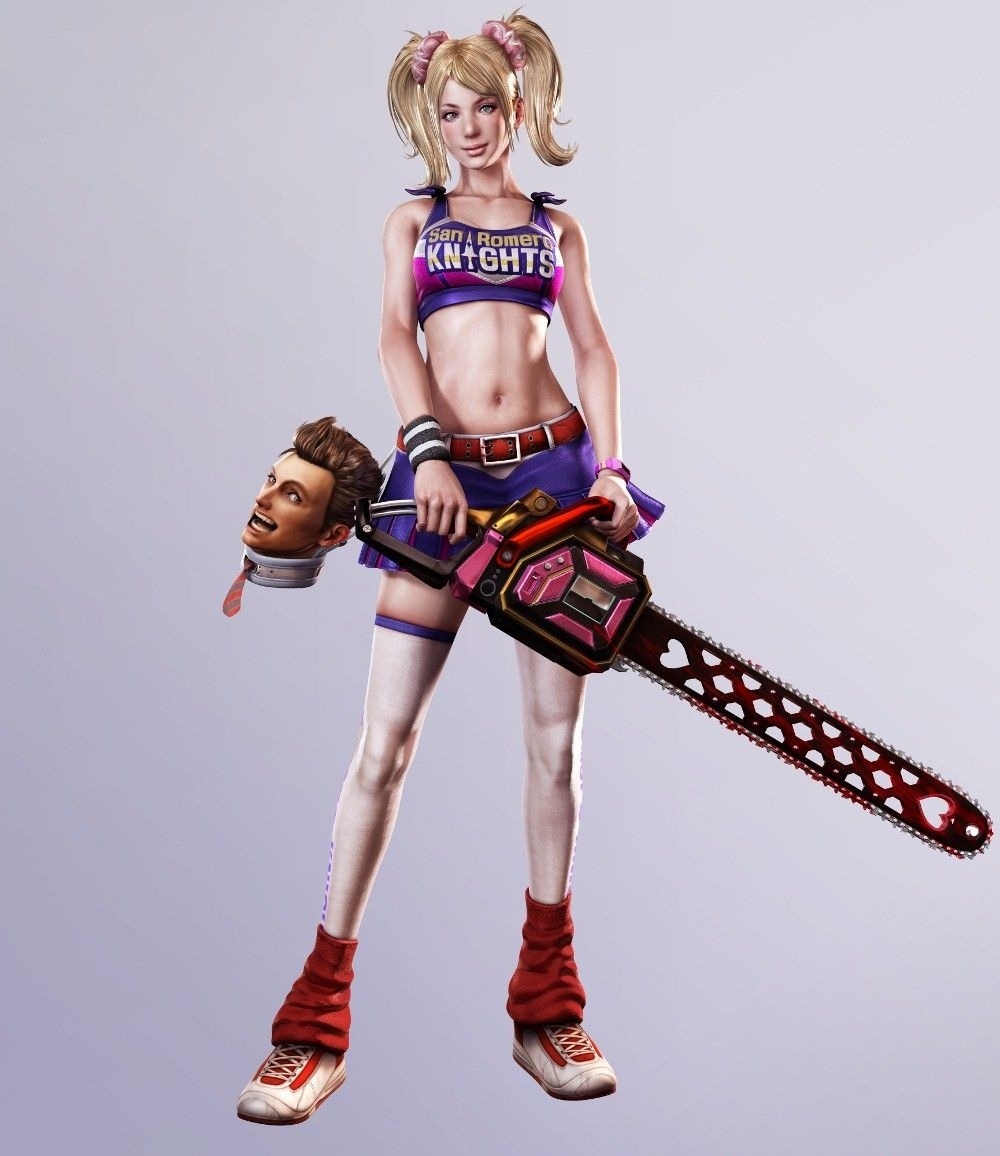
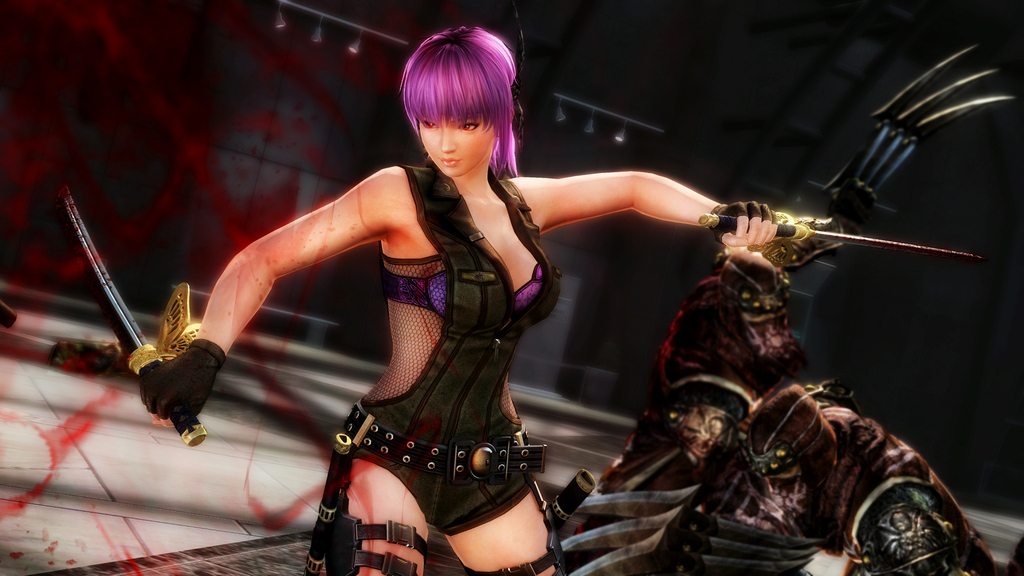
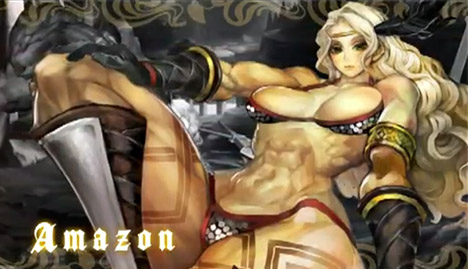
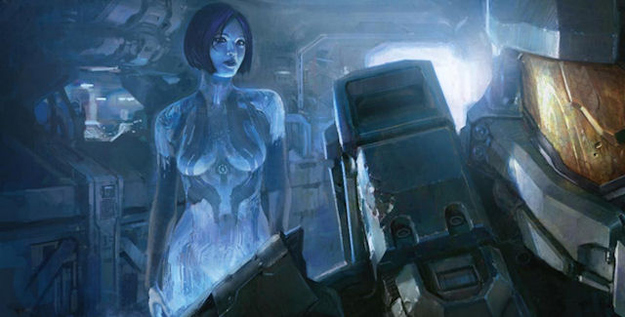

Okay, so, you'll have noticed that none of these characters have brown hair. They are also, as you will have noticed, absurdly sexualized, with blow-up doll proportions and skimpy or non-existent clothing. None of these characters (in order, Juliet from Lollipop Chainsaw, Ayane from Ninja Gaiden 3: Razor's Edge, the Amazon from Dragon's Crown, Cortana from Halo 4, and a stripper from Metro: Last Light) have a particularly compelling story (and the one with the most compelling, Cortana, is a robot.) Interestingly, each of these characters represents a kind of power fantasy (the first three are brawlers in super-violent action games, as is Bayonetta; the second two exist purely to service the man at the heart of the game). Who they are makes no difference—we are not meant to feel anything in particular in regards to these characters beyond what their virtual bodies signify. And none of them have brown hair! (Indeed, from the Amazon's white-blonde to Cortana's dark purple, none of these women really have hair the shade of which exists in nature at all.)
It seems that game designers are actually using hair color (in addition to the old standby of body type) to signify whether or not we are supposed to have any emotional connection to a female game character. And brown hair and a not-absurd body, in games (as it is in films quite often), is the new visual shorthand for emotional and narrative depth in female characters. Constrained only by their own imaginations, game designers have arrived at a new and yet incredibly familiar logic to portray their female characters: the blonde joke.
